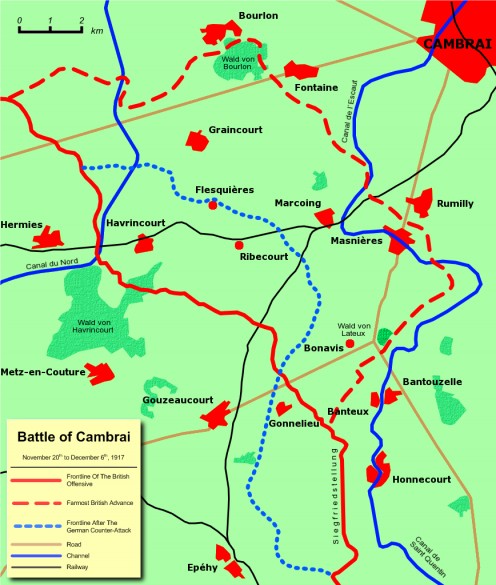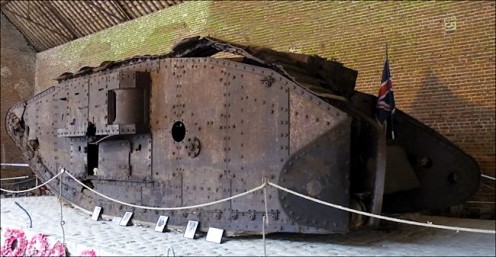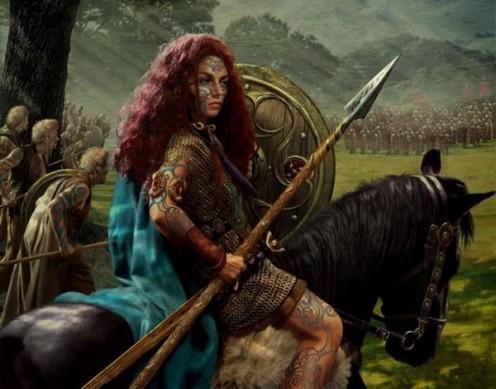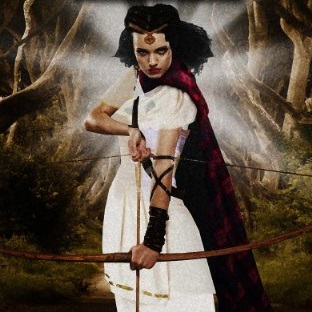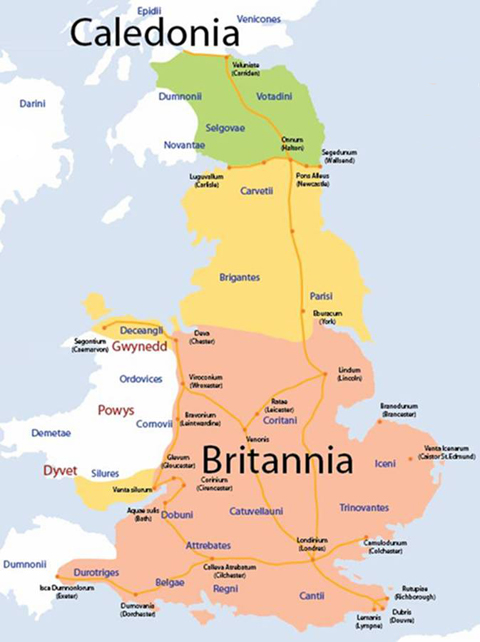The Wonderful Science Fiction Story - Dune by Frank Herbert.
I've seen the 1984 movie and the TV series of the sci-fi novel Dune. I enjoyed them both, but there is something lacking in both. This futuristic world needs to be made with stronger attention to certain details from the book. It can never be squeezed into a three-hour slot either. Therefore, a movie would not work, in my humble opinion. In the early 1970s decade, a famous Chilean/French film director began to lay down plans for a fabulous adaptation of this story.
This film director is called Alejandro Jodorowsky. He had some fabulous ideas, but the budget was huge. To get many of the people he wanted for the characters, he needed a huge sum of money. This was just to pay the actors. The artistry to be employed too was a breathtaking financial scale. Some of these actors included Orsen Wells as the terrible Baron Harkonnen. Also the famous Spanish Artist Salvador Dali as the Emperor. There was also a role for Mick Jagger among others. The designs were from sci-fi artists like H.R. Giger and Chris Voss.
The paymasters at Hollywood pulled the plug on the budget. They could not afford to take a chance on the story being so long. Yet it needed to be. The pay cheques of some of the actors. Far too excessive, especially for Salvador Dali. He was rumoured to want $100,000 an hour. The grand project died on the drawing board after $2, 000,000 was squandered on concept art and other various clips. I think it would have been a spectacular undertaking, but director Jodorowsky priced himself out of the project.
He seems bitter about it to this day. He complains of the colonisation of the planet's film industry by Hollywood. Perhaps he has a point. However, his no expense spared and extravagant approach to the making of Dune was perhaps too far-reaching and eccentric. It's a shame because some of the artwork looks fantastic.
He should have tried to use less decadent people than Orsen Wells or Salvador Dali.










